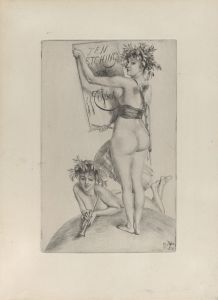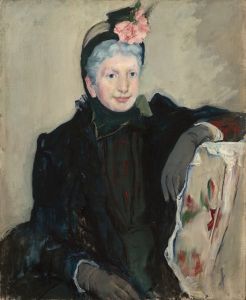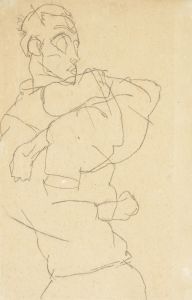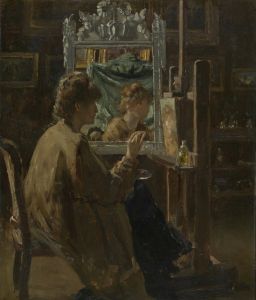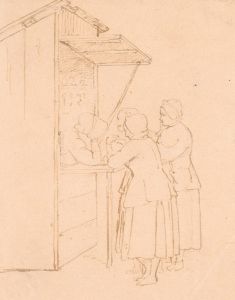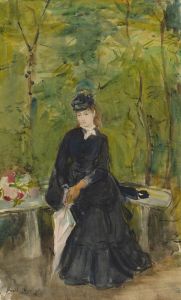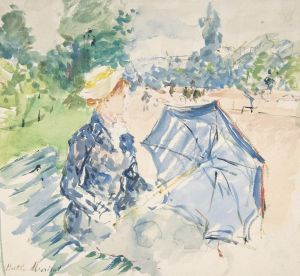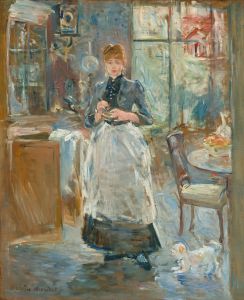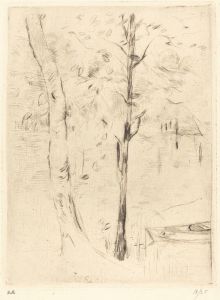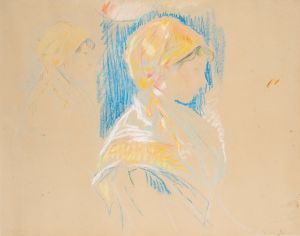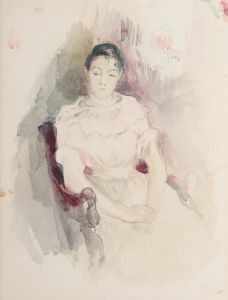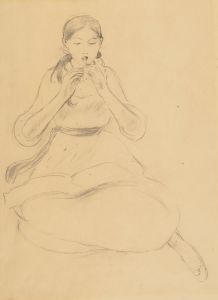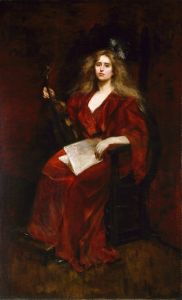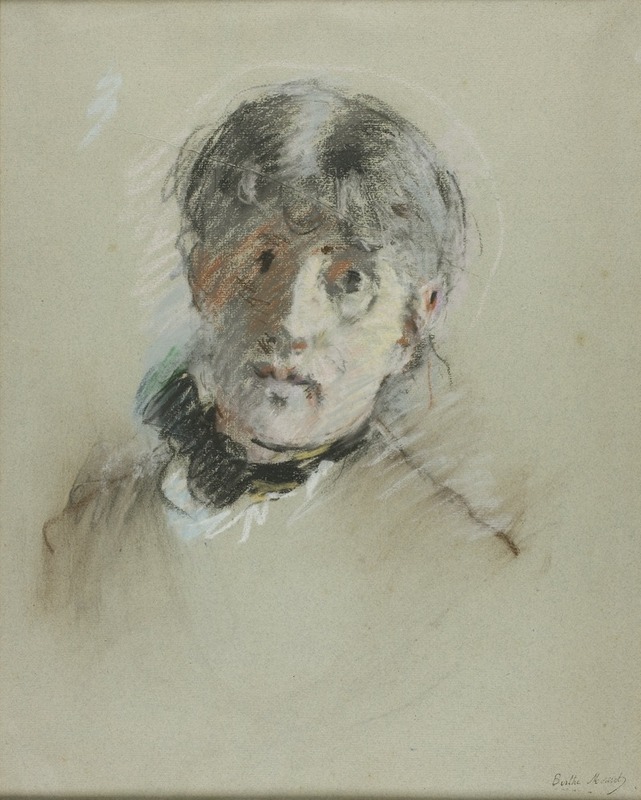
Self-Portrait
A hand-painted replica of Berthe Morisot’s masterpiece Self-Portrait, meticulously crafted by professional artists to capture the true essence of the original. Each piece is created with museum-quality canvas and rare mineral pigments, carefully painted by experienced artists with delicate brushstrokes and rich, layered colors to perfectly recreate the texture of the original artwork. Unlike machine-printed reproductions, this hand-painted version brings the painting to life, infused with the artist’s emotions and skill in every stroke. Whether for personal collection or home decoration, it instantly elevates the artistic atmosphere of any space.
Berthe Morisot's "Self-Portrait" is an oil painting created in 1885. Morisot, a prominent French painter and a key figure in the Impressionist movement, is known for her delicate brushwork and her focus on domestic life and intimate scenes. This self-portrait is one of the few she painted, offering a rare glimpse into how she perceived herself as an artist.
The painting measures 61 cm by 50 cm and is currently housed in the Musée Marmottan Monet in Paris, France. In this self-portrait, Morisot presents herself with a direct and confident gaze, which is a departure from the more demure and passive depictions of women typical of that era. She is dressed in a black dress with a high collar, which contrasts sharply with the lighter background, drawing attention to her face and expression.
Morisot's technique in this painting is characteristic of her Impressionist style, with loose brushstrokes and a focus on capturing the effects of light. The background is rendered in soft, muted tones, which helps to emphasize the figure of Morisot herself. The use of light and shadow in the painting is subtle yet effective, adding depth and dimension to her features.
Berthe Morisot was born in 1841 into a wealthy bourgeois family, which allowed her to receive an art education that was uncommon for women at the time. She studied under the tutelage of Jean-Baptiste-Camille Corot and later became associated with the Impressionists, including Édouard Manet, Claude Monet, and Pierre-Auguste Renoir. Morisot exhibited in seven of the eight Impressionist exhibitions, and her work was highly regarded by her contemporaries.
The "Self-Portrait" reflects Morisot's confidence and her established position within the art world. By the time she painted this piece, she was already a well-respected artist. The painting not only serves as a personal reflection but also as a statement of her identity as a professional painter. Unlike many of her male counterparts, Morisot often depicted women and children in her work, focusing on the private and domestic spheres. This self-portrait, however, places her firmly in the public eye, asserting her presence and significance in the art community.
Morisot's contribution to the Impressionist movement and her role as a pioneering female artist have been increasingly recognized in recent years. Her "Self-Portrait" is a testament to her skill and her ability to convey complex emotions and a strong sense of self through her art. The painting remains an important piece in understanding both her personal journey and her impact on the broader art world.
In summary, Berthe Morisot's "Self-Portrait" is a significant work that encapsulates her artistic style and her position as a leading figure in the Impressionist movement. The painting's confident portrayal of the artist herself offers insight into her self-perception and her role in the art world of the late 19th century.





